World champion Magnus Carlsen is not competing in the Batumi Olympiad (of which more next week). Doubtless he is conserving his strength for his title struggle against Fabiano Caruana in London in November.
This lull gives me the opportunity to mention a new book about the great Emanuel Lasker, champion from 1894–1921, a role model of Carlsen’s. Lasker’s forte was to keep the ball in play through thick and thin in order to avoid draws. The same trait is evident in many of Carlsen’s victories, often achieved from risky situations. Notes to the following game are based on those by Zenón Franco in the forthcoming book Lasker: Move by Move (Everyman Chess)
Tarrasch-Lasker: World Championship, Germany (Game 2) 1908; Ruy Lopez
1 e4 e5 2 Nf3 Nc6 3 Bb5 Nf6 4 0-0 d6 5 d4 Bd7 6 Nc3 Be7 7 Re1 exd4 8 Nxd4 0-0 9 Nxc6 Bxc6 10 Bxc6 bxc6 11 Ne2 Qd7 Not 11 … Nxe4 12 Nd4 winning. However, the text move is also poor, mainly because it takes away the d7-square from the black knight. 12 Ng3 Rfe8 13 b3 Rad8 14 Bb2 Tarrasch has exploited Lasker’s faulty plan. The white knight will soon jump to f5, which combined with Qf3 looks very threatening. Lasker finds an ingenious response to keep the game complicated. 14 … Ng4 15 Bxg7 Nxf2 In his classic book, Masters of the Chessboard, Reti now advocated 16 Qd4. 16 Kxf2 Kxg7 17 Nf5+ Kh8 18 Qd4+ f6
19 Qxa7 (see diagram 1) White has won a pawn and has a big advantage, but the greatest threat to the black king, namely White’s dark-squared bishop, has disappeared. 19 … Bf8 Black’s king is now out of danger, at the cost of a pawn, and he has a clear plan, which is to apply pressure to the isolated pawn on e4 by doubling rooks on the e-file, with the idea of an eventual … d5. 20 Qd4 Re5 21 Rad1 Rde8 22 Qc3 Qf7 23 Ng3 Bh6 Finally, this bishop is able to become active. 24 Qf3 d5 25 exd5 An inaccuracy. 25 Nf5 was appropriate, forcing Black to retreat the bishop. 25 … Be3+ 26 Kf1 cxd5 27 Rd3 This is a clear mistake, handing the advantage to Black; all the black pieces will soon begin to work together in perfect harmony. 27 Nf5 was preferable. 27 … Qe6 28 Re2 f5 29 Rd1 f4 30 Nh1 d4 31 Nf2 Qa6 Lasker conducts the attack with great energy. First he gains control of the centre, and now he wins back a pawn, at the same time effectively breaking into the enemy camp. 32 Nd3 Rg5 33 Ra1 Qh6 (see diagram 2) 34 Ke1 If 34 h3 Black opens lines decisively against the white king with 34 … Rg3 35 Qd5 and now 35 … f3. 34 … Qxh2 35 Kd1 Qg1+ 36 Ne1 Rge5 The pressure along the e-file grows stronger and stronger. 37 Qc6 R5e6 38 Qxc7 R8e7 38 … f3 is also very strong as if 39 gxf3 then 39 … Qg6, preparing to move the bishop or play 40 … Qh5. 39 Qd8+ Kg7 40 a4 f3 Opening lines and preparing the decisive infiltration. 41 gxf3 Bg5 White resigns
Got something to add? Join the discussion and comment below.
Get 10 issues for just $10
Subscribe to The Spectator Australia today for the next 10 magazine issues, plus full online access, for just $10.
You might disagree with half of it, but you’ll enjoy reading all of it. Try your first month for free, then just $2 a week for the remainder of your first year.

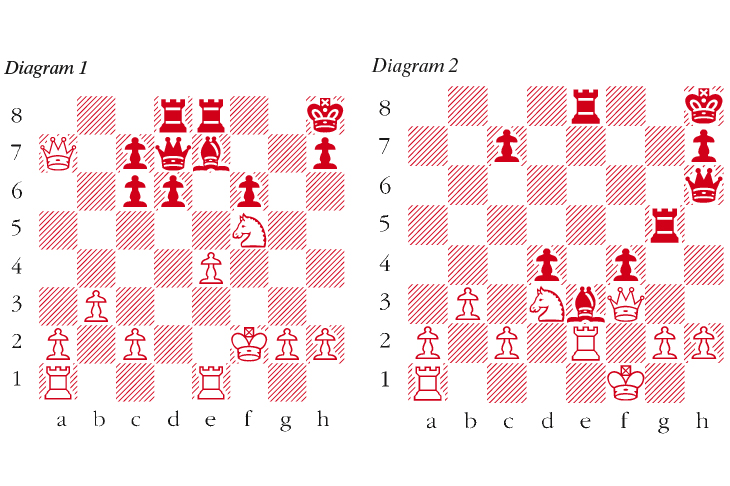

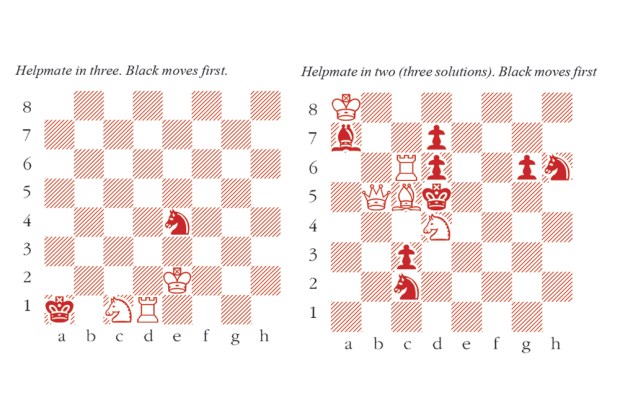
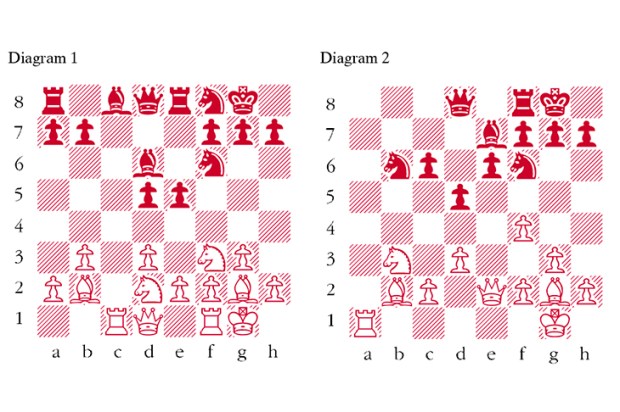
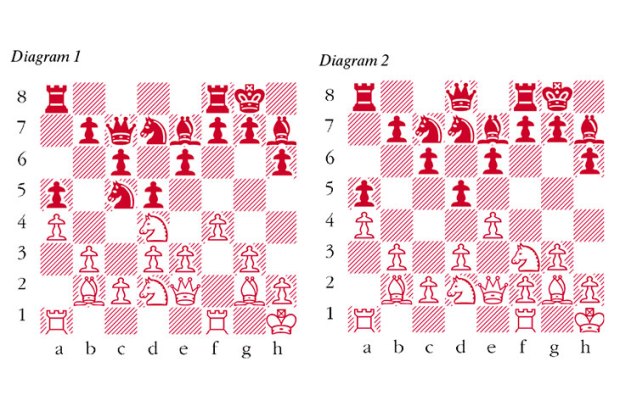
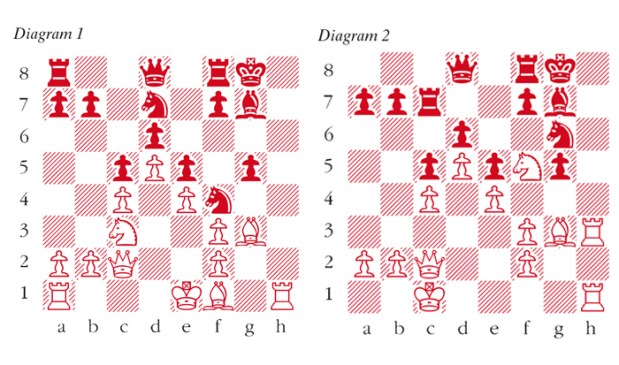
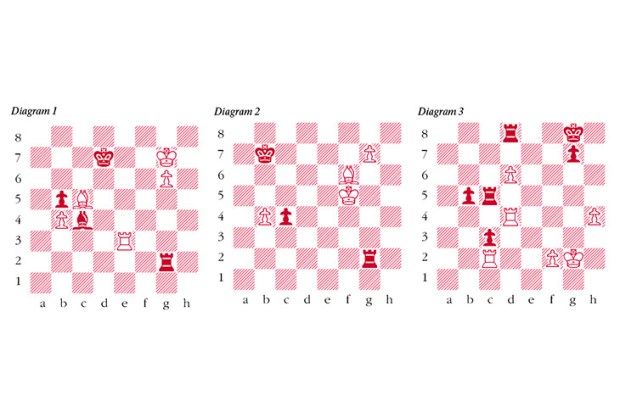






Comments
Don't miss out
Join the conversation with other Spectator Australia readers. Subscribe to leave a comment.
SUBSCRIBEAlready a subscriber? Log in